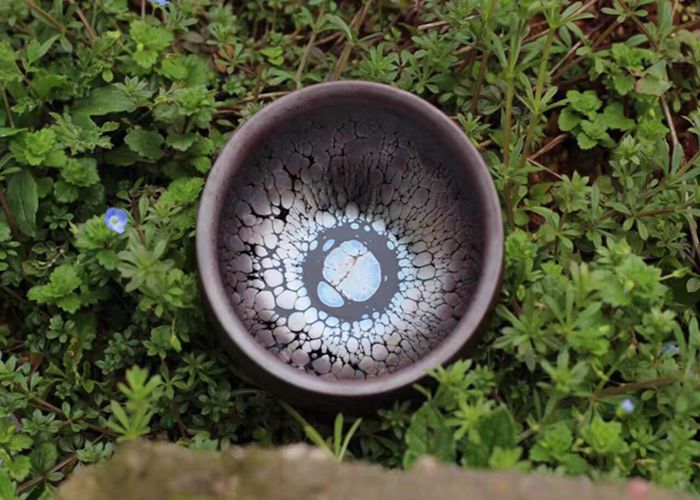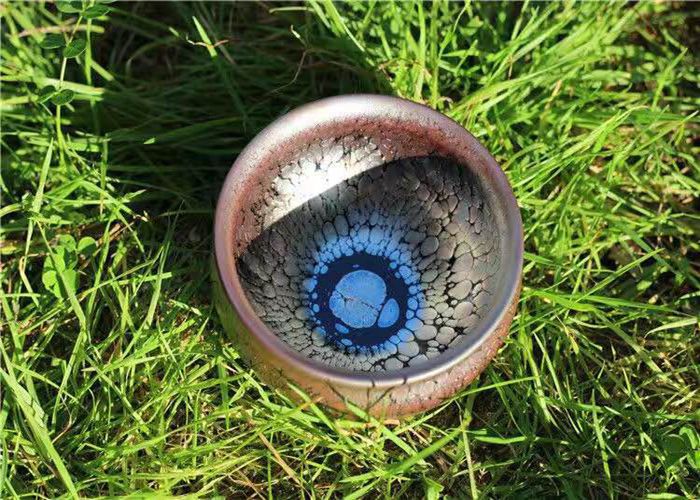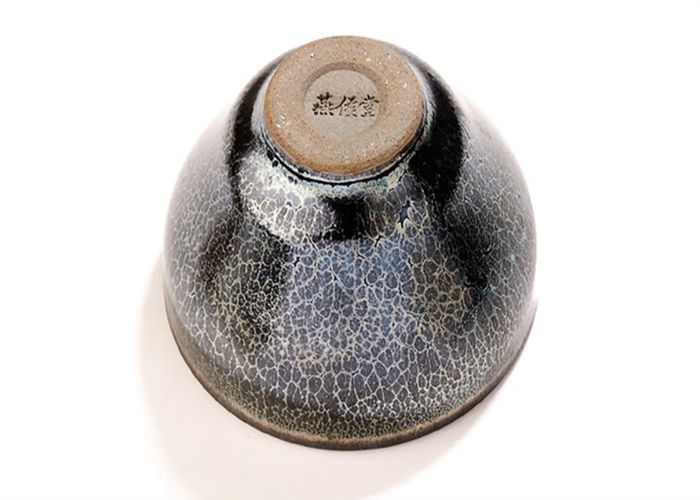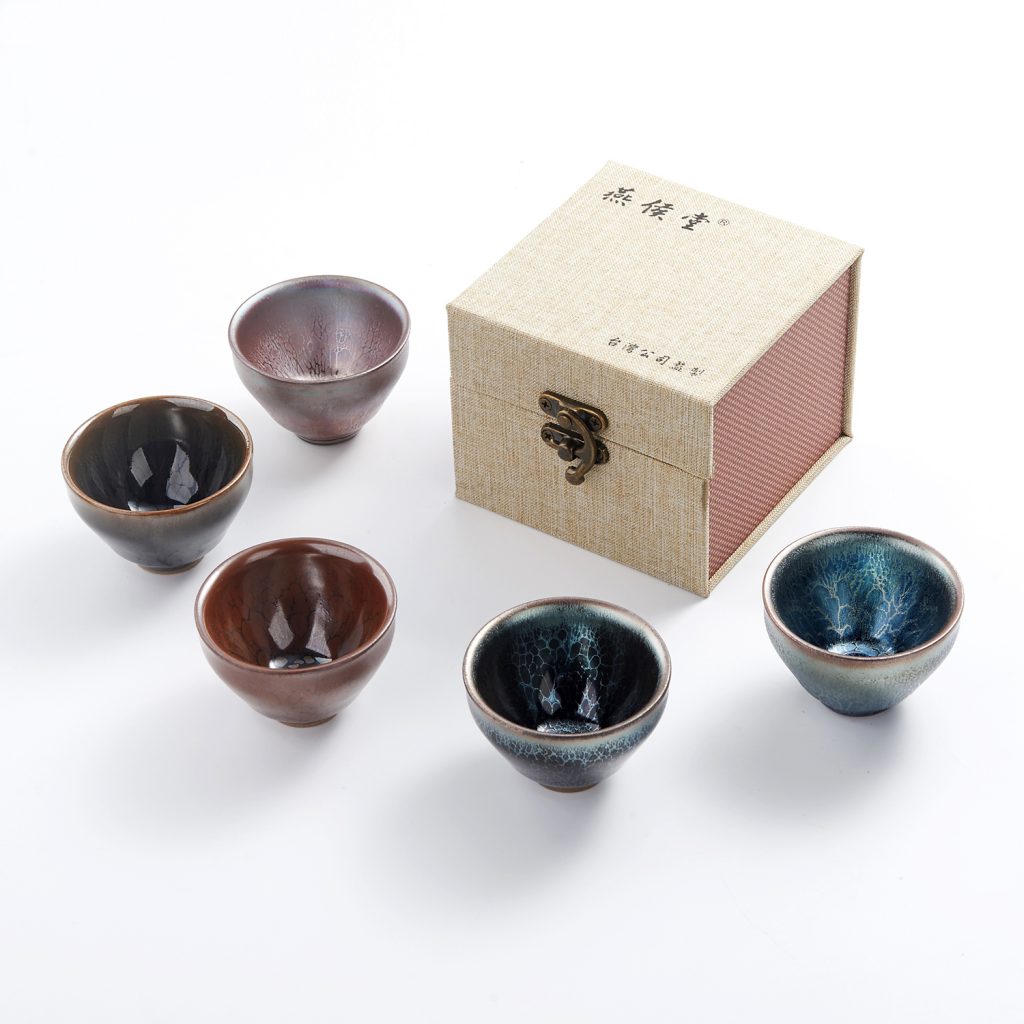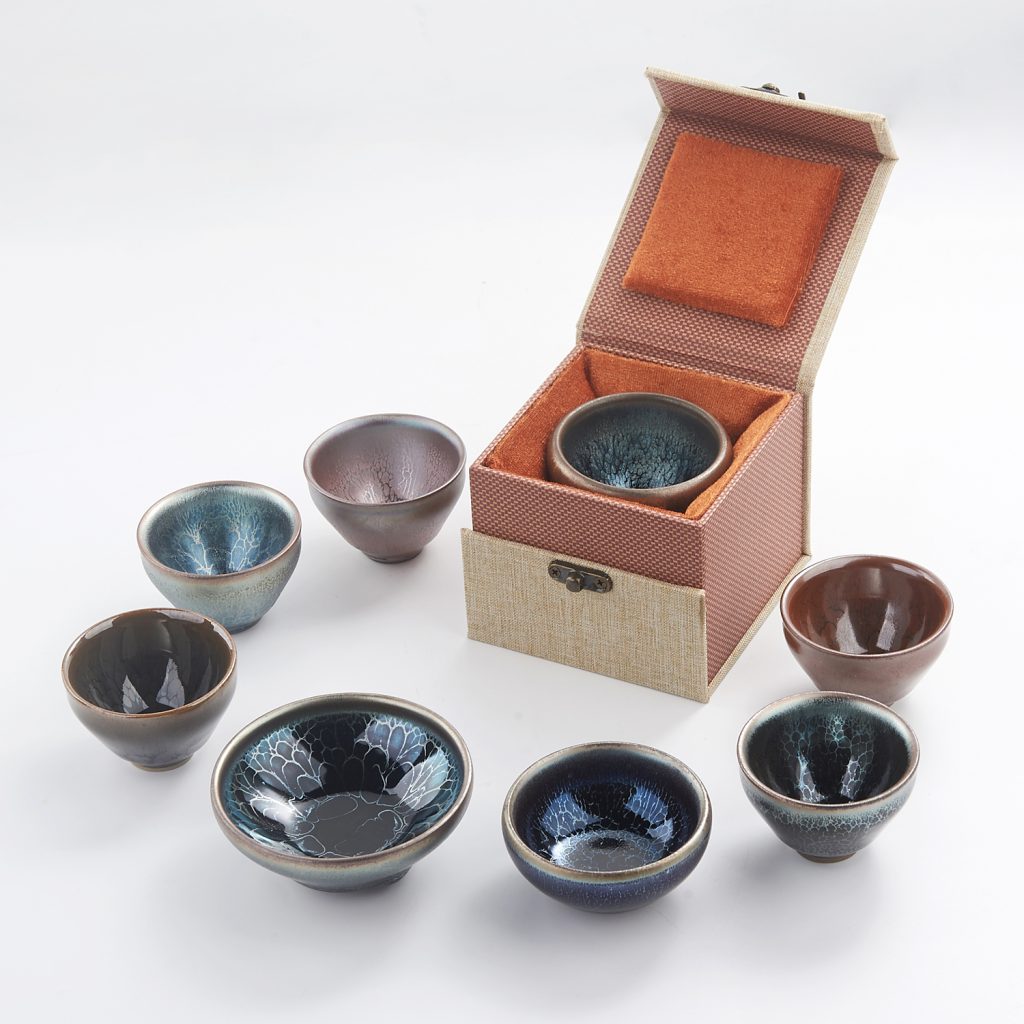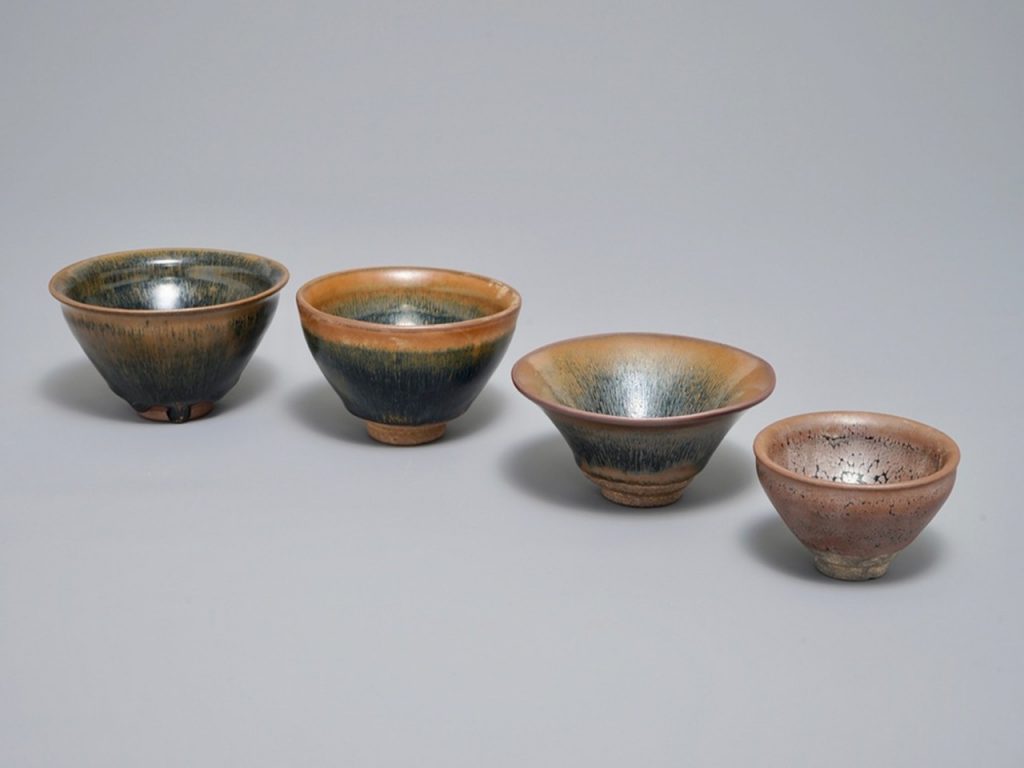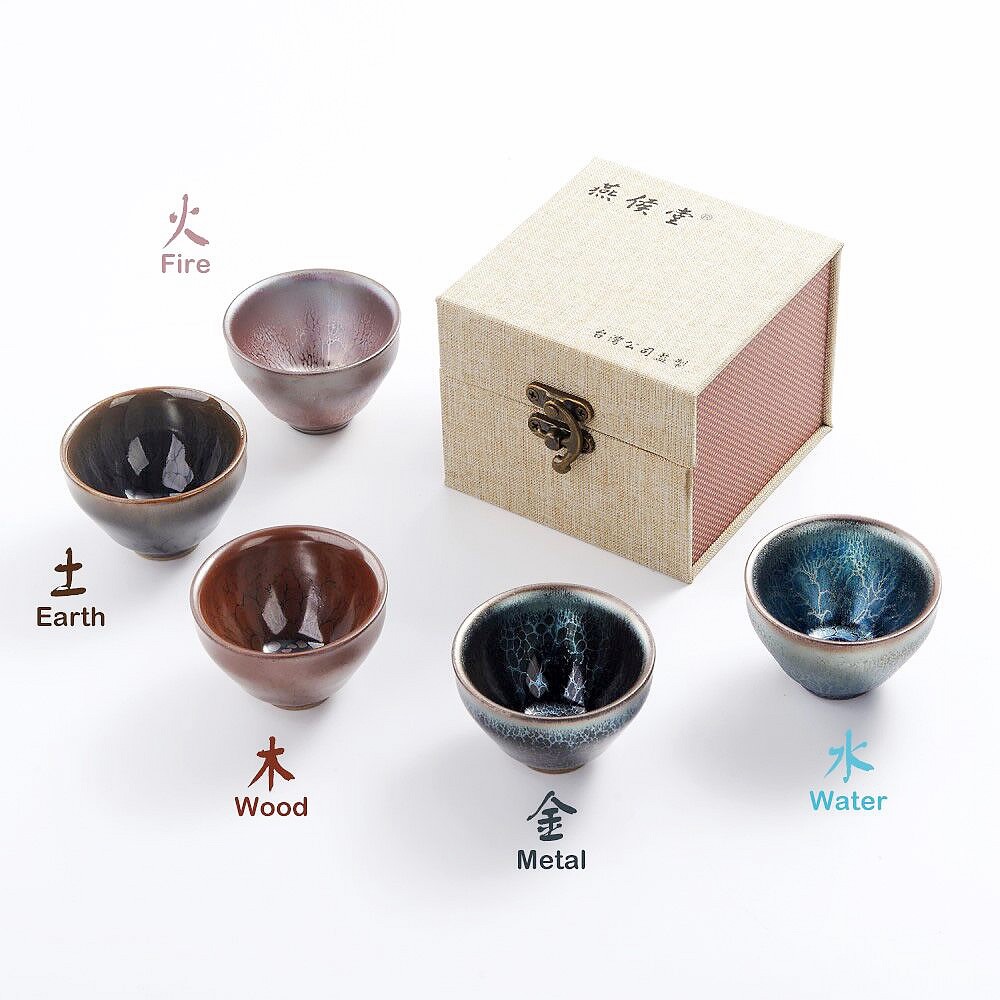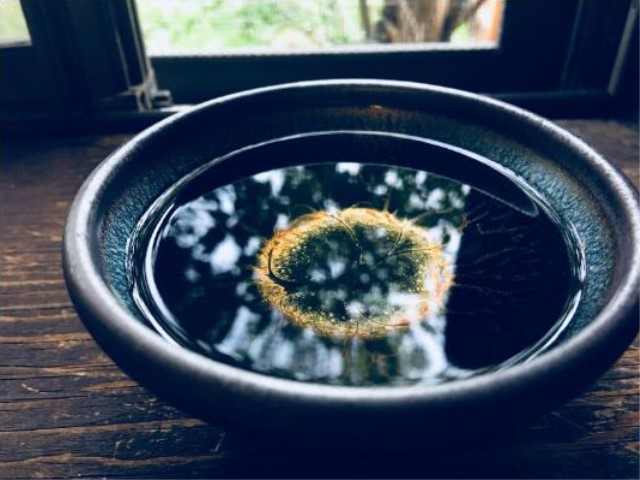Why is Chinese Jianzhan Teacup so valuable?
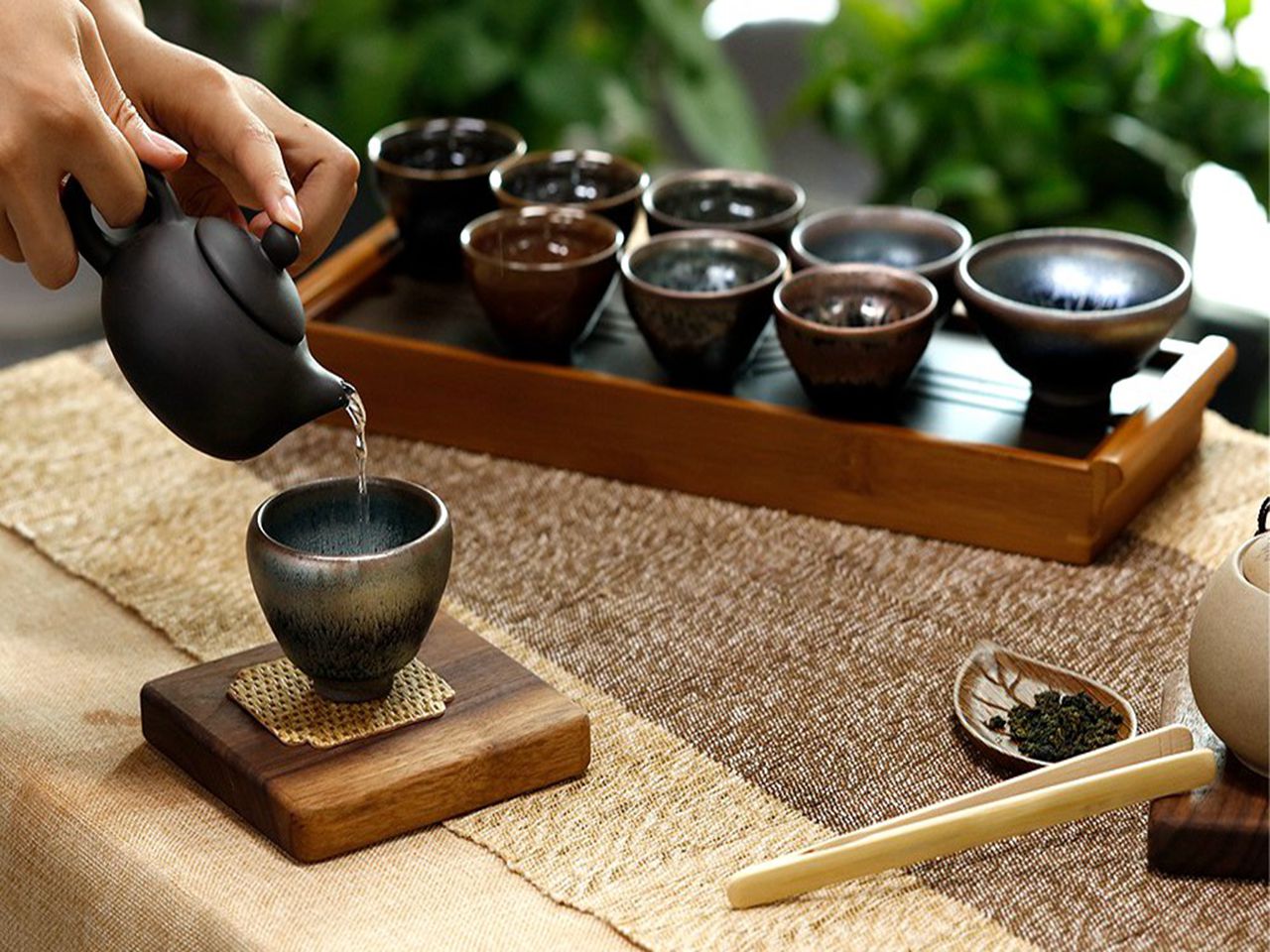
Jianzhan is the original custom teaware
Jian ware or Chien ware is a type of Chinese pottery originally made in Jianyang, Fujian province. It is known as Tenmoku (天目) also have highly valued in Japan. The wares are simple shapes in stoneware, with a strong emphasis on subtle effects in the glazes. In the Song dynasty, they achieved a high prestige, especially among Buddhist monks and in relation to tea-drinking.
Do you know its legend >>>
Tea is of light color and looks best in black cups. The cups made at Jianyang are bluish-black in color, marked like the fur of a hare. Being of rather thick fabric they retain the heat, so that when once warmed through they cool very slowly, and they are additionally valued on this account. None of the cups produced at other places can rival these.
It is said that a number of Japanese monks encountered the vessels when they traveled to temples on the mountain. Exported to Japan for use in tea ceremonies, the ware became highly prized afterward.
What about learning more about his story >>>
In the 1970s, research was jointly done by Fujian Museum and Xiamen University at the Luhuaping kiln site in the province revealed. As result, the folk created teaware in the Northern Song Dynasty (960-1127). Then teaware thrived in the Southern Song Dynasty (1127-1279) and went into decline in the late Yuan Dynasty (1279-1368).
Made of local clay with iron oxide, limestone, and feldspar, Jianzhan is heavier than most porcelain cups and sounds like metal when tapped. The tai, or base for the ware is thick, rough and black while the glazes are dense, streaky and runny.
“The clay and glaze are high in iron content, around 8 percent, one of the characteristics of Jianzhan. The taste of tea served from it is different from others,” says Jin Changyou. He is one of the founders of the Jian Kiln & Jianzhan Association of Jianyang. “Many believe the material of the ware can soften the water.”
How to create the pattern in Jianzhan >>>
Though the ceramic body is light-colored, the wares, generally small cups for tea, bowls, and vases, normally are glazed in dark colors. As worker forced out excess iron in the glaze during firing, the special effects such as the “hare’s fur” “oil-spot” and “partridge feather” patterns.
Handcrafted Crafts: The burning technology is a very vintage Han nationality traditional handicraft.
Total 13 Process: 1: Choose porcelain mine 2:Smash 3:Elutriation 4:Batching 5:Regulating Material and Ageing 6:Pugging 7:Kneading mud 8:Throwing 9:Trimming 10:Biscuit Firing 11: Glazing 12:Encastage 13:High Fired
Jianzhan is not only a teacup >>>
Furthermore, an artist knew what he was doing, the lip would allow the tea to flow perfectly into the mouth with very little effort. While the weight of the clay in one’s hands would feel impart a sense of sturdiness and strength without proving unwieldy.
Similarly, the walls of the teacup crafted with an eye to a thickness to help with heat-retention of the tea, keeping it warm. But again, Jian Zhan is thin because this would increase the weight. Such that it becomes uncomfortable to hold and begin to make it look clumsy.
Fortunately, we don’t have to try to collect antiques from the Song Dynasty to appreciate the wonder of a JianZhan teacup today. We offer a great selection of artisanal Jian Zhan cups on their teaware collections.

